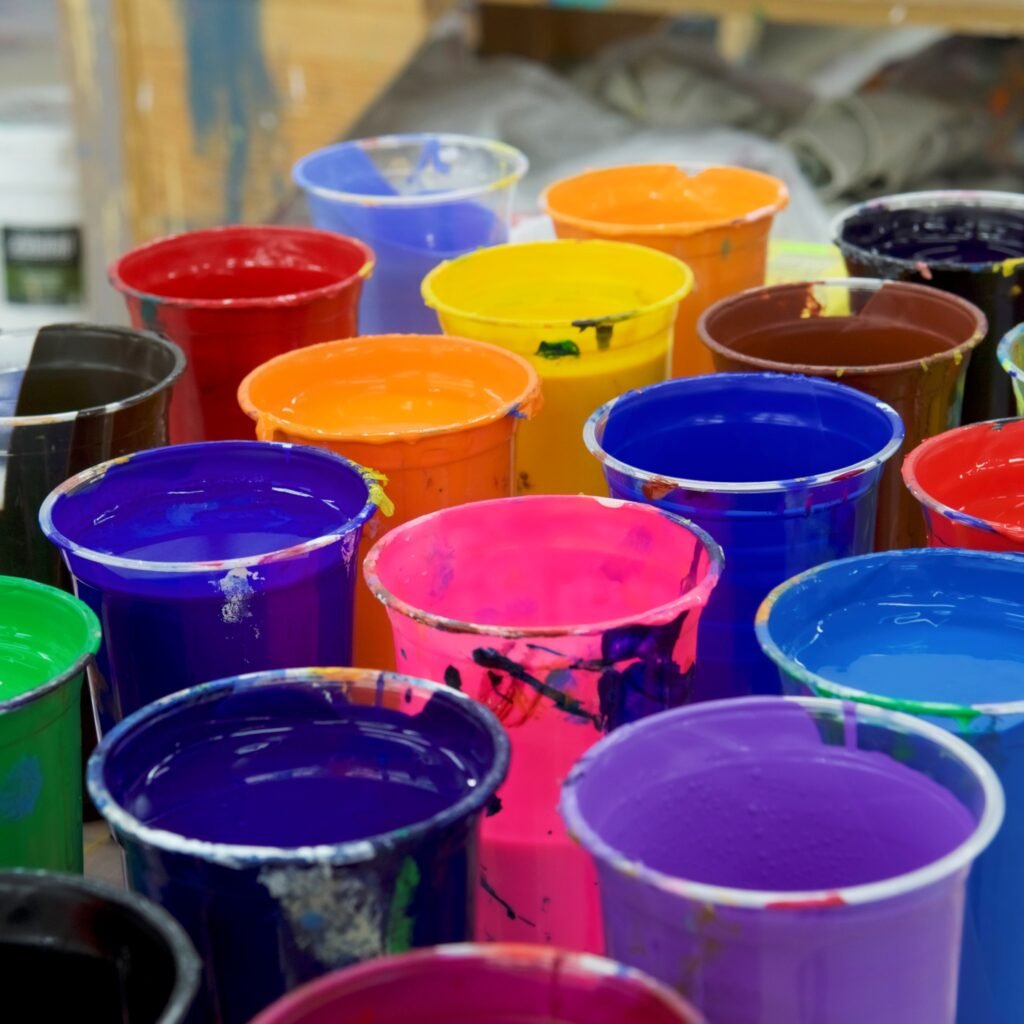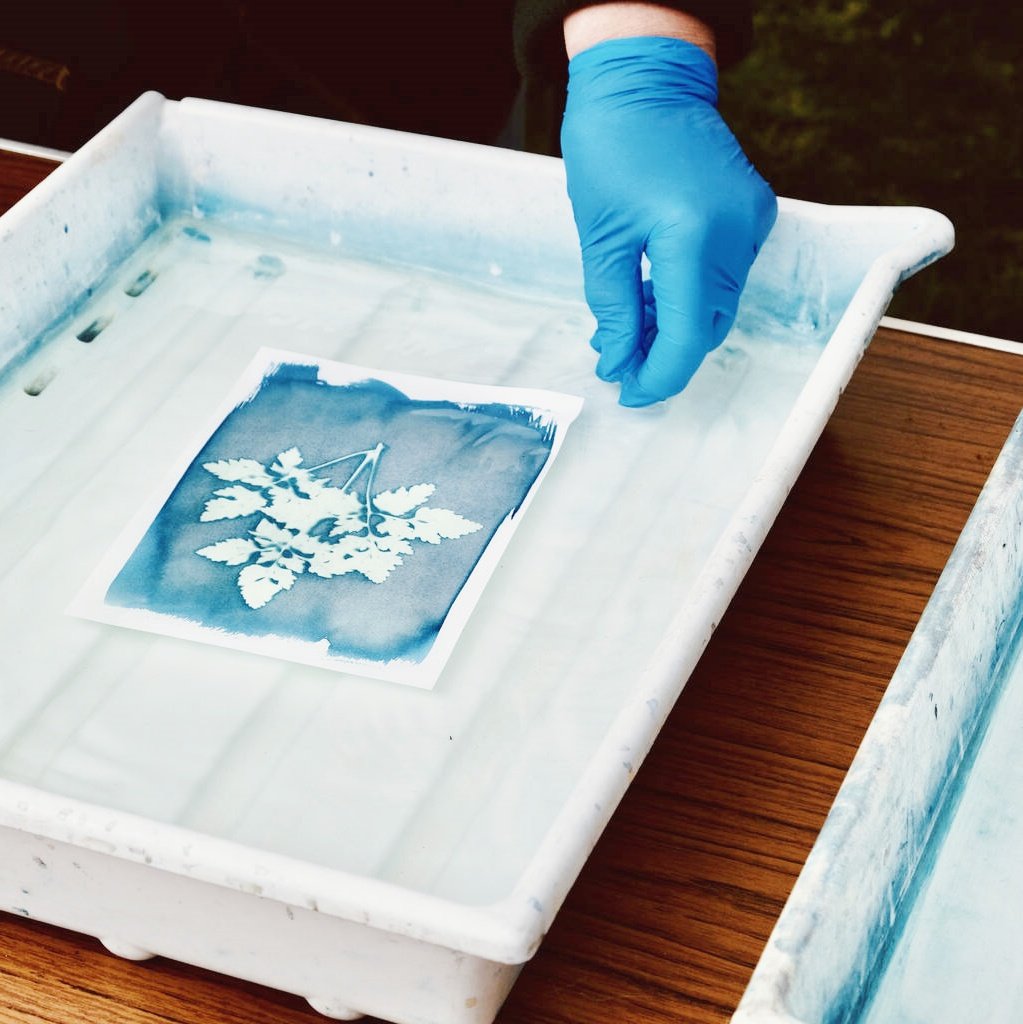Bienvenue ! Ce guide explique comment encres spéciales Améliorez l'impression textile grâce aux conseils d'experts Expérience industrielle Ltée.
Que vous soyez un imprimeur débutant ou expérimenté, nous vous présenterons les dernières nouveautés en matière d'impression. sérigraphie, des solutions écologiques et des techniques avancées.
Table des matières
1. Types d'encres spéciales
Les encres spéciales vont au-delà des options standard, offrant des textures, des finitions et une durabilité uniques. Les principales catégories comprennent :
A. Encres Plastisol
- Durable et dynamique, idéal pour les vêtements.
- Exemples :
- Encre Plastisol Extra Verte (écologique)
- Encre Plastisol Extra Noire (haute opacité)
- Encre plastisol Puff (texture 3D)
B. Encres à base d'eau
- Toucher doux, respectueux de l'environnement.
- Faibles émissions de COV, idéal pour les conceptions détaillées.
C. Encres durcissables aux UV
- Séchage rapide, fonctionne sur des supports rigides (verre, métal).
- Efficacité énergétique grâce au séchage LED.
D. Encres à effets spéciaux
- Finitions métalliques:Des résultats chatoyants.
- Brille dans le noir:Parfait pour les articles de nouveauté.
- Encres de sublimation:Impressions vibrantes à base de colorants.
Tableau de comparaison rapide
| Type d'encre | Idéal pour | Avantage clé |
|---|---|---|
| Plastisol | Vêtements, durabilité | Haute opacité, longue tenue |
| À base d'eau | Projets écologiques | Doux au toucher |
| durcissable aux UV | Surfaces dures | Durcissement instantané |
| Bouffée/Haute densité | Motifs texturés | effet 3D |
2. Techniques de sérigraphie
Maîtrisez ces méthodes pour des impressions impeccables :
A. Configuration
- Sélection du nombre de mailles:Plus élevé pour les détails fins (~230 mesh), plus bas pour les impressions audacieuses (~110 mesh).
- Émulsion écran: Utiliser Émulsions Saati ou Dissolvants d'émulsion Ulano pour des écrans propres.
B. Procédé d'impression
- Pression de la raclette: Ajustez pour un dépôt d'encre uniforme.
- Durcissement éclair: Sécher partiellement les couches avant d'ajouter les couleurs.
- Exactitude de l'enregistrement: Alignez précisément les motifs multicolores.
C. Dépannage
- Écrans obstrués ? Utiliser Récupération d'écran techniques.
- L'encre ne colle pas ? Appliquer Adhésifs pour platines ou Traitement au plasma.
3. Durabilité dans la sérigraphie
Les pratiques écologiques révolutionnent l’industrie :
- Encres à base d'eau et à faible teneur en COV:Réduire les émissions nocives.
- Séchage UV par LED:50% moins d'énergie que les systèmes traditionnels.
- Réduction des déchets: Les systèmes CTS réduisent le gaspillage d'encre de 50%.
Saviez-vous?
- 42% des imprimantes utilisent désormais des encres à base d'eau (données 2022).
- Les encres UV durcissent 3x plus rapide que le plastisol (2 à 5 secondes contre 60 à 90 secondes).
4. Sérigraphie ou impression DTG : laquelle choisir ?
| Facteur | Sérigraphie | Impression directe sur vêtement (DTG) |
|---|---|---|
| Idéal pour | Commandes groupées, effets spéciaux | Petits lots, tirages photo |
| Rentabilité | Plus bas par unité à l'échelle | Plus élevé pour les petites séries |
| Options d'encre | Plastisol, feuilleté, métallique | CMJN à base d'eau |
Embout hybride:Combinez les deux pour des tirages mixtes rentables et de haute qualité.
5. Tendances futures
- Encres intelligentes: Thermochromique (sensible à la chaleur) et photochromique (réactif à la lumière).
- Automation: M&R Challenger III les appuis augmentent la vitesse.
- Encres conductrices:Pour les technologies portables et les appareils IoT.
Points clés à retenir
- Adaptez le type d'encre aux besoins du projet (par exemple, plastisol pour la durabilité, à base d'eau pour la douceur).
- Donner la priorité à la durabilité avec séchage LED et technologie de réduction des déchets.
- Flux de travail hybrides optimiser les coûts et la qualité.
Pour des plongées plus profondes, explorez nos guides sur :
- Notions de base sur la sérigraphie
- Encres écologiques


